An inventory lists and describes the contents and condition of everything in a property – from the paint on the walls to the cutlery in a kitchen drawer.
It’s put together before a tenancy starts and then used to compare the contents and condition of everything at the end of the tenancy, so you can see:
- how much wear and tear there’s been – and whether it’s ‘reasonable’
- whether anything’s been damaged
- if any items are missing.
As the landlord you can then judge – together with your managing agent, if you have one – what’s reasonable wear and tear and what it may be fair to charge the tenant for.
As a general rule of thumb, ‘reasonable’ wear and tear is the damage or change that would affect any property over time. That’s things like scuff marks on walls and floors, a gradual wearing of the carpets – and furniture if it’s a furnished let – and a few chips in the paintwork. Things like a cracked window pane, stains on fabrics and broken locks would be classed as damage.
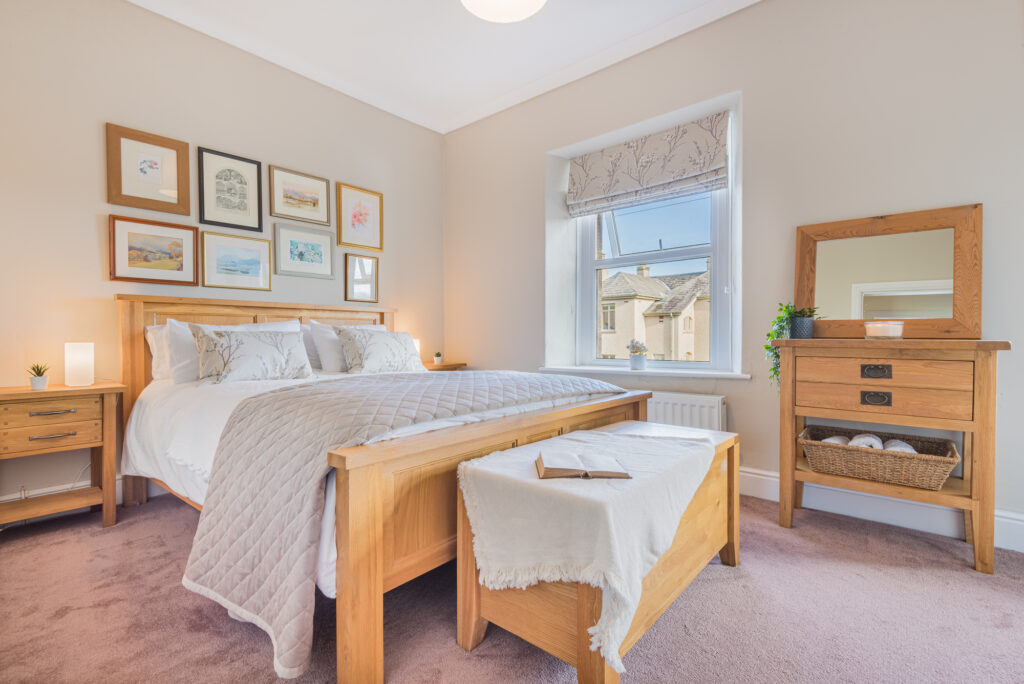
Before deposit protection regulations came into force in April 2007, inventories were often fairly brief, and some tenants didn’t take very much notice of them. And back then, if a landlord wanted to keep some or all of their tenant’s deposit to cover the cost of any damage, they just could.
Nowadays, if you take a security deposit from a tenant who’s signed an Assured Shorthold Tenancy agreement (AST), you legally have to put it in a government-approved scheme. Then, if you want to make any deductions when the tenancy ends, you’ve got to be able to provide evidence to support your claim.
So, inventories have gone from being ‘a sensible idea’ to forming an essential part of a professionally managed tenancy, protecting both you and your tenant.
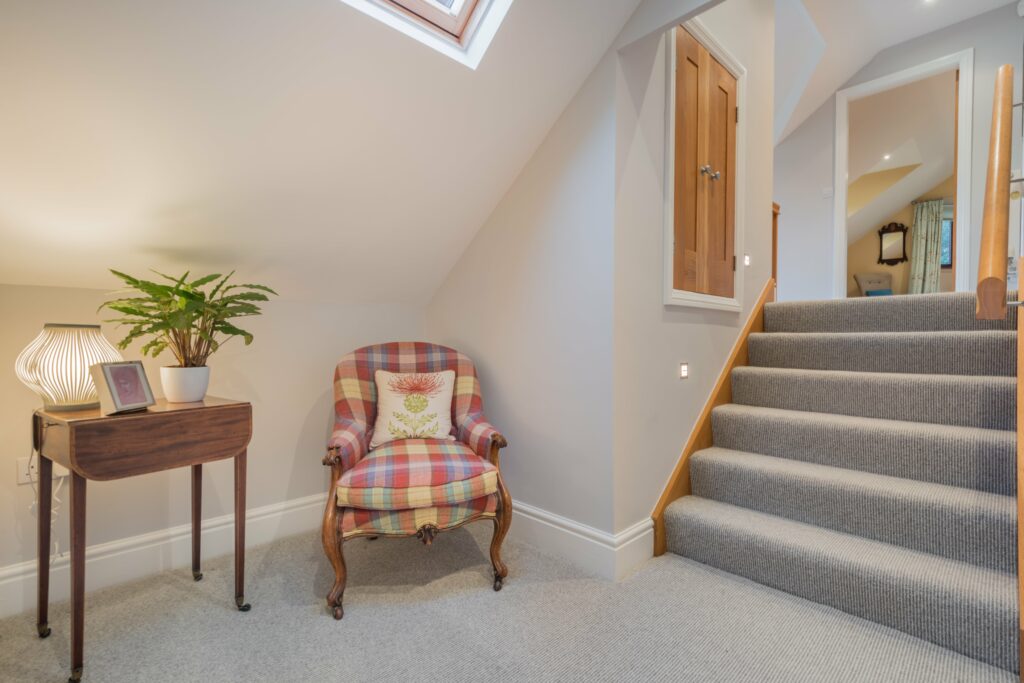
What should be in an inventory?
The best inventories have detailed descriptions and photographs of absolutely everything that makes up your tenant’s home – so they can be pretty long documents! Even if your property is unfurnished, you still need an inventory to record the condition of the basic décor and fittings.
The exact format will vary, depending on who’s carrying out the inventory. Some people write precise descriptions; many use a scale of standard terms – e.g. from ‘brand new’ to ‘very poor condition’ – and others use a ‘traffic light’ system. The most important thing is that you’re happy it accurately reflects how the property stands when your tenant moves in.
The inventory should include, with photos:
- An overall description of the property size and condition
- The cleanliness of the property
- Smoke/fire alarm system test result
- Meter readings
- Whether electrical appliances, bathroom fixtures and lights are working
- Details of all keys supplied to the tenant
- In each room, a description and details of the condition of: the door, floor, walls, ceiling, woodwork, windows, switches and sockets, furniture and furnishings
- Details of any outside facilities, such as garden furniture, a shed or a garage
- A general description of the condition of the exterior and garden.
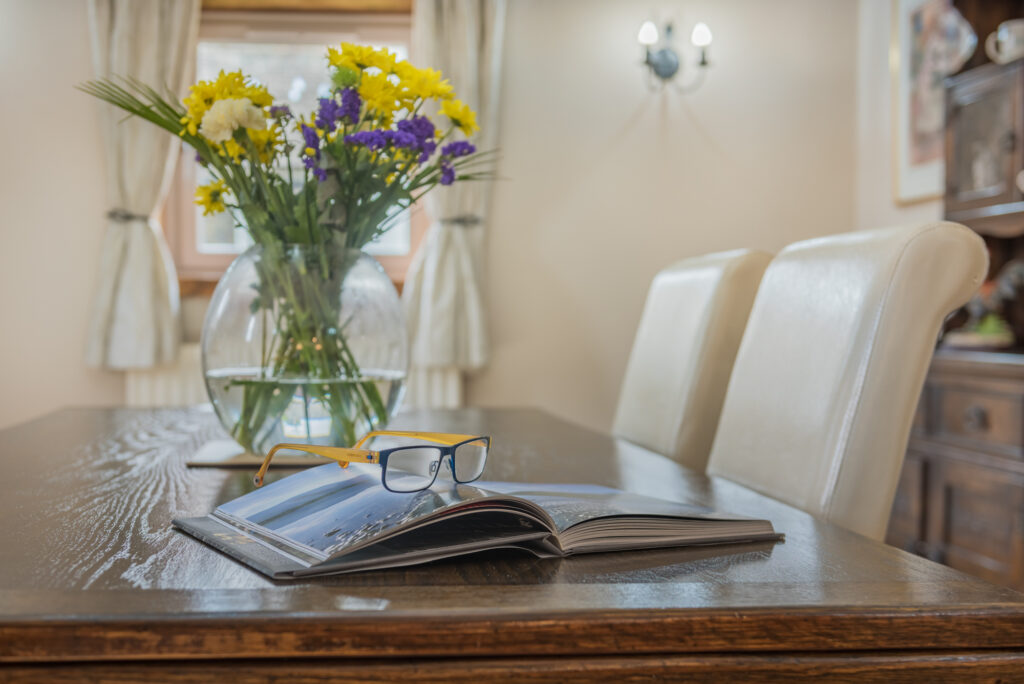
Here’s an example of how some of the items in a bedroom might be recorded in an inventory:
- Floor
Brown carpet, chrome threshold bar fair condition slightly worn at doorway, heavy stained patch under window. - Walls
Plaster painted cream, mirror with chrome frame, picture with dark wood frame, good used condition: settlement crack above door, scattered light scuffing throughout. - Furniture
Beech wood double bed frame with headboard, double fabric mattress
brand new condition. Freestanding double white painted wood wardrobe, with two hinged doors, chrome handles and chrome hanging rails good used condition: scattered scratches to interior.
Photos of each room are then usually included together at the end of the relevant written section.
Who should take the inventory and when?
Anyone can put together an inventory, so you can do it yourself, if you want to. However, because it plays such an important role in deciding who should pay for any damage at the end of the tenancy – you or your tenant – it may be a good idea to have the inventory prepared by someone who’s a member of the Association of Independent Inventory Clerks (AIIC). That reassures you that they’re properly trained so know exactly what to look for and how to record everything, they have professional indemnity insurance and they’re signed up to a code of practice.
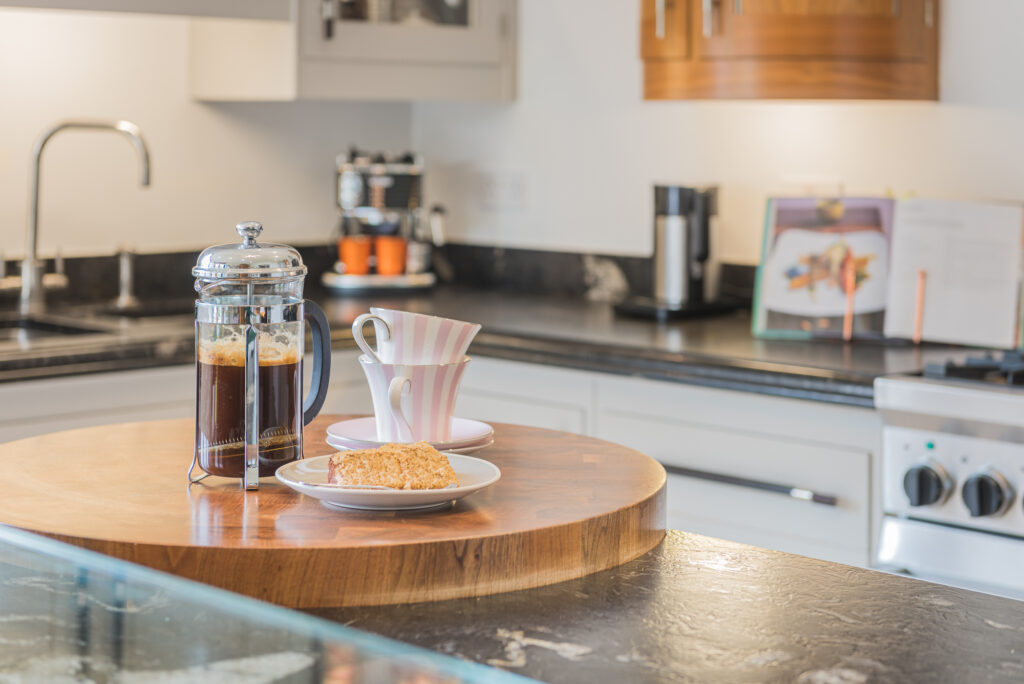
Many inventories these days are taken and stored digitally. Thanks to the wonders of technology, they can also be signed digitally, although you may prefer to have a hard copy.
If you have a managing agent, they should take care of the inventory for you as part of the check-in and check-out service – although there might be an extra charge for preparing the report. It’s common for agents to use the services of an independent third party unless they’re accredited themselves.
Timing-wise, the inventory should be taken close to the start of the tenancy, but leaving enough time for you to check it before the move-in day.
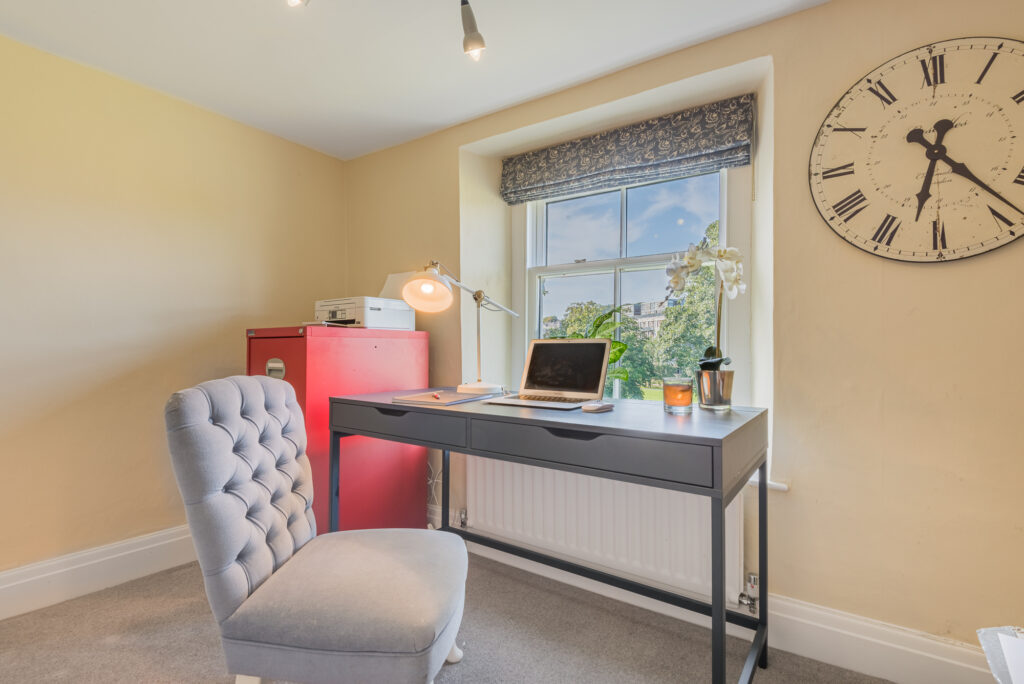
Using the inventory at check-in and check-out
Generally, it’s the landlord or their agent who checks a tenant in and out of a property, but some inventory clerks will offer this as an extra service.
Whoever checks the tenant into the property should go through the inventory with them, highlighting any particular areas of existing wear and tear, then ask the tenant to sign the document, confirming they agree with it. If it’s a large property or a long and detailed inventory, it’s reasonable to leave it with the tenant for a few days, to give them time to go through it properly.
At the end of the tenancy, if the check-out can be done by the same person who checked the tenant in, that’s ideal; however it’s not always possible. The best process is to have the tenant there with you, your agent or the inventory clerk, while the current condition of the property is checked against the original inventory. This can take a little time, so make sure the tenant knows about it in advance – and emphasise that it’s so you can hopefully agree the return of their deposit there and then.
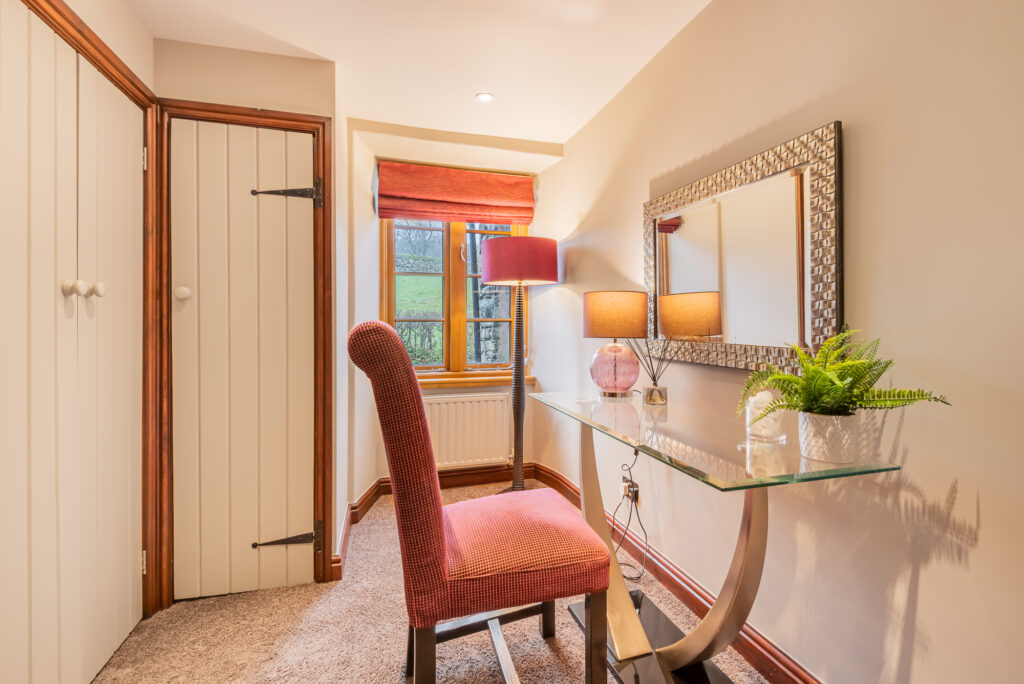
If the tenant is able to be there, it’s usually fairly straightforward to agree whether there’s been any damage or unreasonable wear and tear. If they can’t be there in person, ask if they could be available for a video call at the end of the check-out to discuss any potential deductions from their deposit. If that’s not possible, then simply carry on with having the check-out inventory prepared. This is essentially an updated version of the check-in inventory, with new photos and descriptions of any change in condition.
If you do want to make deductions from the tenant’s deposit, you’ll have to supply your deposit scheme provider with the relevant details from the check-in and check-out inventories, as well as quotes for repairs or replacing items. This is why it’s so important to have an accurate inventory taken at the start and end of the tenancy – it’s the best way to avoid any disputes between you and your tenant. Assuming the inventories clearly support your claim, the deposit scheme should pass on the deductions to you and return the balance to the tenant.
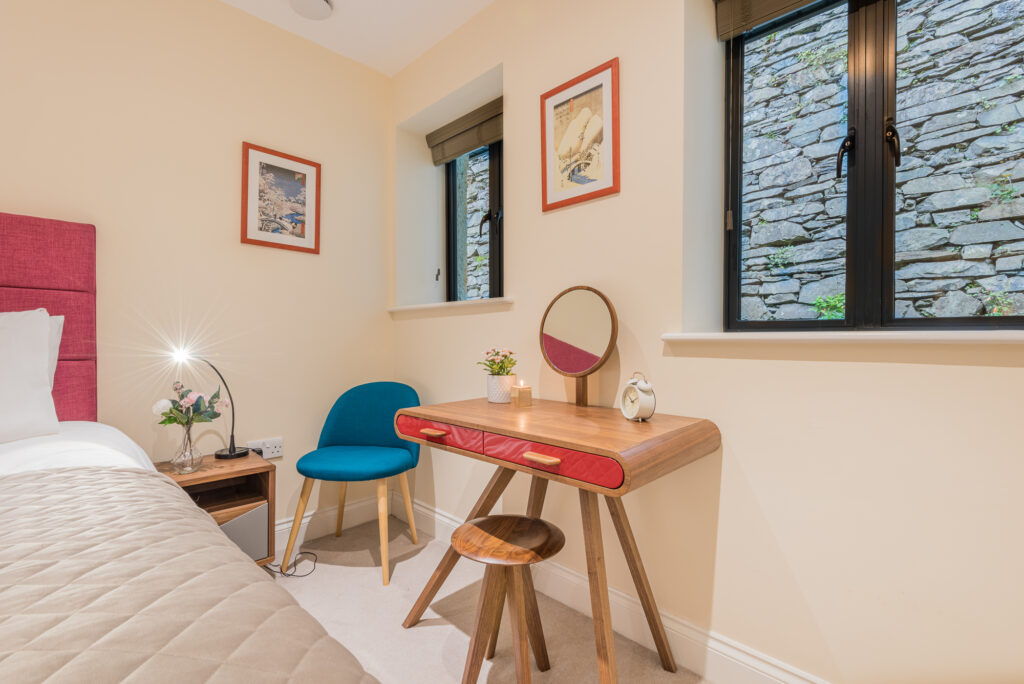
How much does an inventory cost?
As you might expect, the cost varies, depending on the size of the property and whether it’s furnished or unfurnished. Call us on 01179 635777 to discuss pricing options with our team.
If you’re wondering whether you can pass on some or all of the cost to your tenant, the answer is that you can’t. Some landlords used to split the cost 50/50, but since the Tenant Fees Act 2019 came into force, it’s no longer possible to charge your tenant for any part of the inventory. Still, it’s a worthwhile investment, to help make sure you don’t lose out financially if you have to repair any damage that might have been caused by your tenant.
If you have any questions about inventories or you’d like to find out about how we handle them for our landlords, do get in touch at any time. We’re always here to help and would love to hear from you. Call us on01179 635777 or email bristol@northwooduk.com and we’ll get right back to you.







